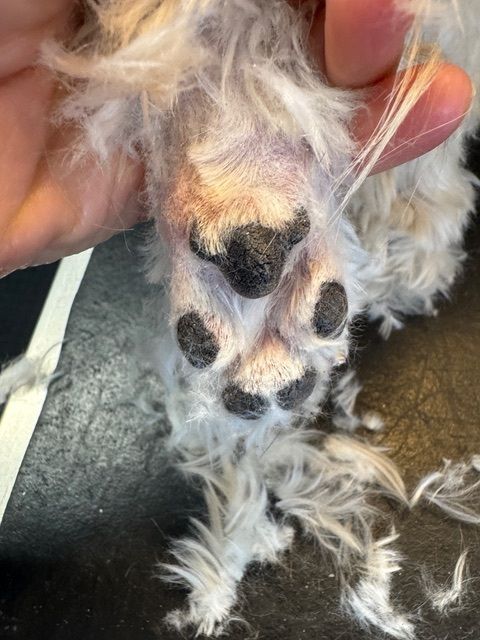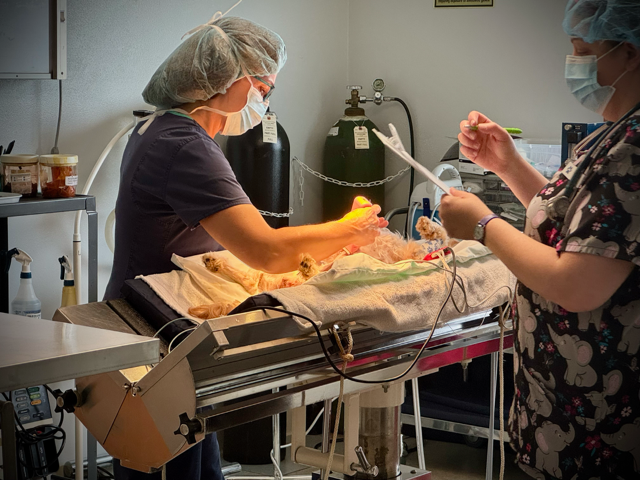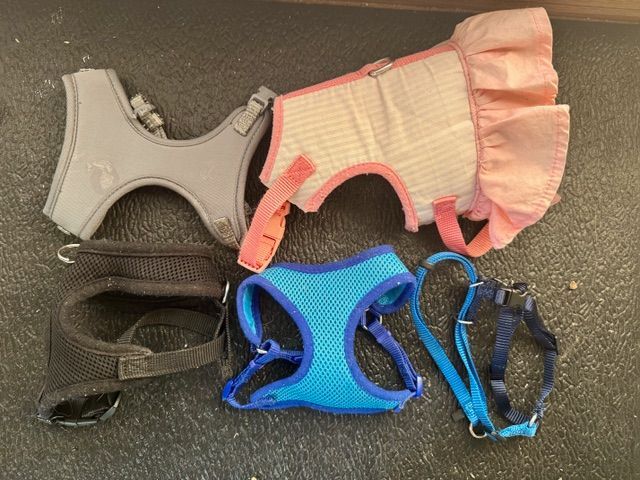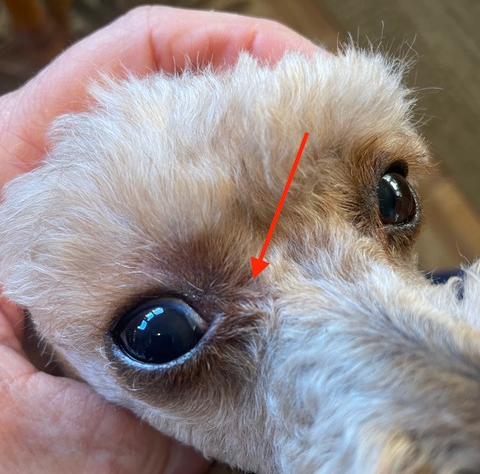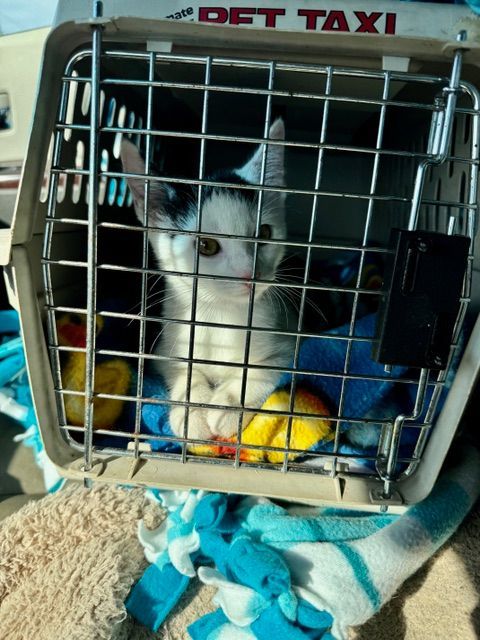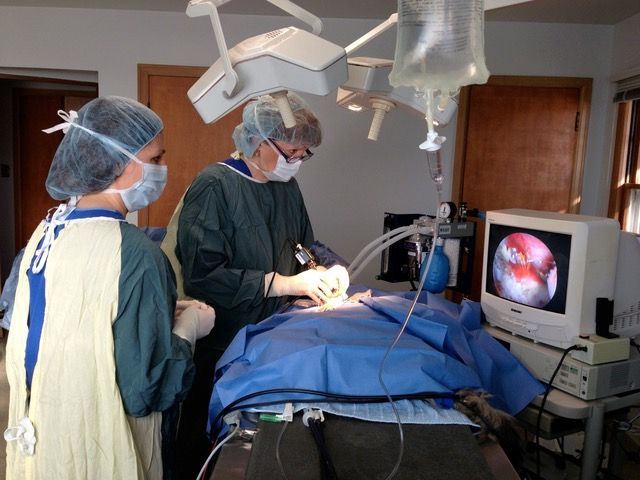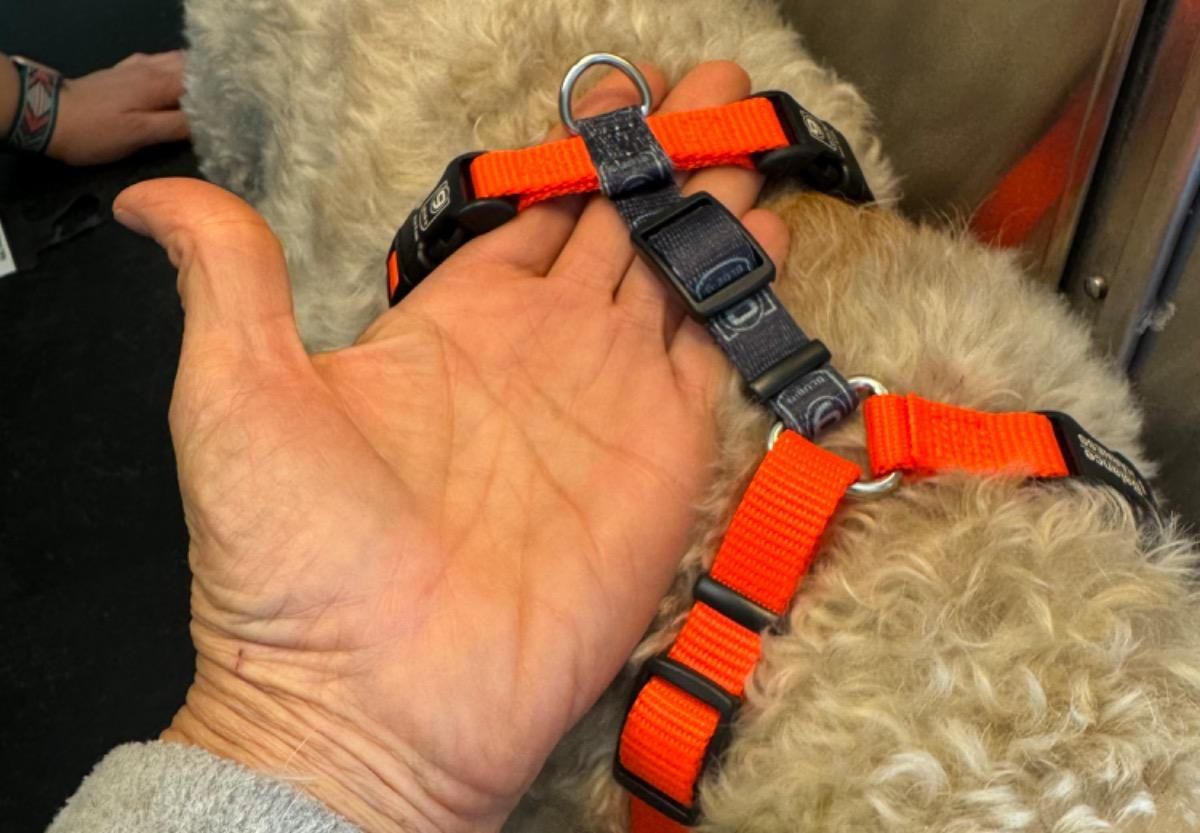Hypoglycemia in Puppies, causes, symptoms and treatments

Understanding Puppy Hypoglycemia: Causes, Symptoms, and Treatments
Puppy hypoglycemia is a condition characterized by dangerously low blood sugar levels in young dogs, particularly in small breeds like Chihuahuas and Toy Poodles. It’s essential for pet owners to recognize the signs and understand how to manage this condition effectively.
Causes
1. Inadequate Nutrition: Puppies need a balanced diet with sufficient calories. If they're not eating enough or are weaning off their mother too soon, they can quickly develop hypoglycemia.
2. High Energy Levels: Young puppies that are very active or play excessively may use up their energy stores faster than they can replenish them through food.
3. Stress or Illness: Stressful events, such as moving to a new home, or illnesses can drain a puppy’s energy reserves and lead to low blood sugar.
4. Hormonal Issues:
Conditions like adrenal insufficiency can affect a puppy's ability to maintain normal blood sugar levels.
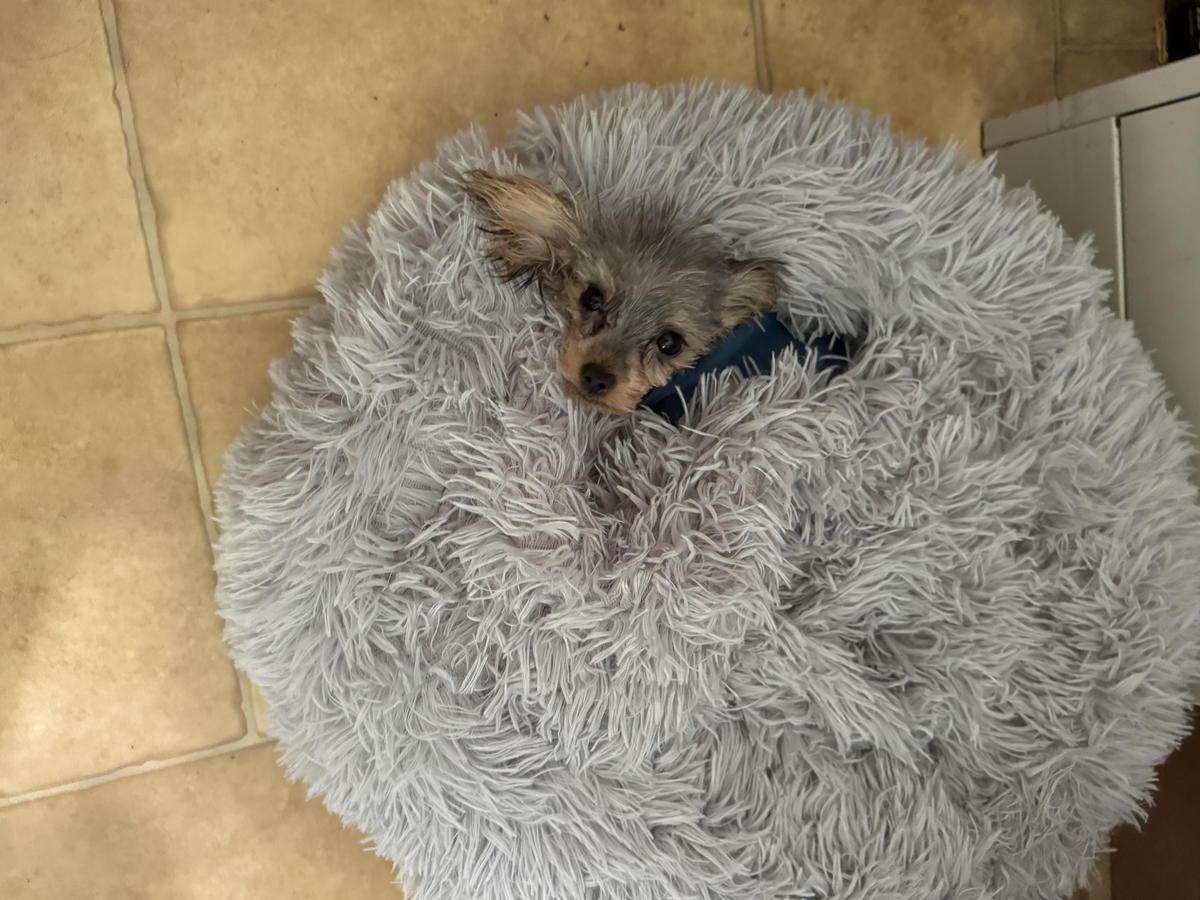
Symptoms
Recognizing the symptoms of hypoglycemia in puppies is crucial. Look out for:
-Lethargy: Your puppy may seem unusually tired or reluctant to play.
- Weakness or Unsteadiness: They might stagger or have difficulty standing.
- Tremors or Shaking: A puppy may experience muscle tremors as their body struggles to maintain energy levels.
- Seizures: In severe cases, hypoglycemia can lead to seizures.
- Unusual Vocalization or Whining: Puppies may become more vocal or show signs of distress.
If you notice these symptoms, it’s important to act quickly.

Treatments
1. Immediate Sugar Source: If you suspect your puppy is experiencing hypoglycemia, provide a quick source of sugar. A small amount of honey, syrup, or even Karo syrup can help boost their blood sugar levels.
2. Feeding: After stabilization, offer a balanced meal or puppy food. It's advisable to use foods formulated specifically for puppies as they have the necessary calories and nutrients.
3. Veterinary Care: If symptoms persist or worsen, take your puppy to the veterinarian. They may perform blood tests and suggest additional treatments or dietary changes.
4. Regular Feeding Schedule: For puppies prone to hypoglycemia, maintaining a regular feeding schedule with several meals a day can help prevent the condition.
5. Monitor Activity Levels: Be aware of how much your puppy plays and ensure they can rest, especially after high-energy activities
Conclusion
Puppy hypoglycemia can be alarming, but with prompt recognition and appropriate treatment, most puppies can recover quickly. Regular veterinary check-ups and a dedicated feeding routine can help keep your furry friend healthy and happy. Always consult with your vet if you have concerns about your puppy's health.
